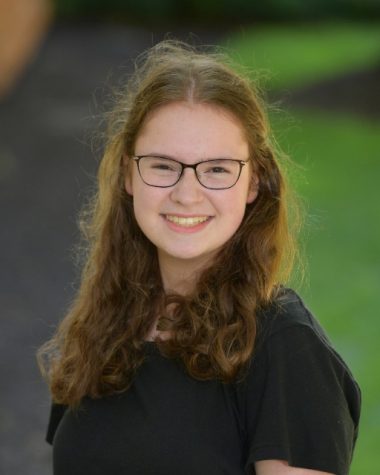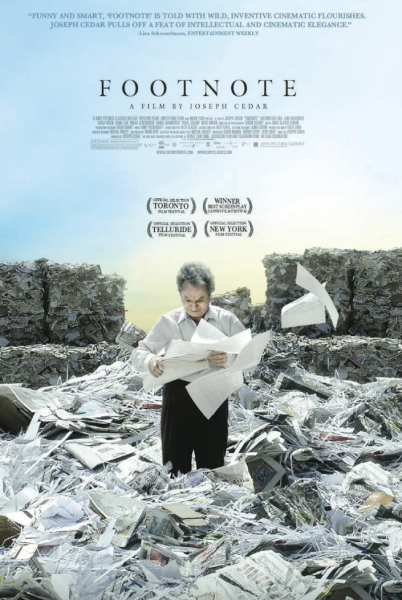English curriculum needs more diversity
The English curriculum at CESJDS has been carefully crafted in order to expose students to different styles of literature and the deeper meaning of the texts. In my opinion, one aspect that the English department has fallen short on is the lack of diversity found within the JDS high school’s book list.
Research conducted by the U.S. Department of Education shows that schools have mostly kept the same English curriculum since the 1960s. The problem with this is that the world now sees issues that were discussed almost 60 years ago in different perspectives. While it seems like the time is right to replace some of these books with more contemporary and diverse ones, some are afraid that new books will de-emphasize the importance of the classics.
According to the Harvard Political View Magazine, schools in New York City, Philadelphia and Chicago have begun to alter their curriculums by incorporating books written by authors of a multitude of ethnic backgrounds in order to adapt to the modern-day world.
The factor that these schools have, which JDS does not have, is a diverse student body. Diversity drives teachers to swap out books in order for the students to better relate to what they are reading; perhaps because JDS is not as diverse, the impetus to change does not feel as urgent.
In the JDS English curriculum for the upcoming school year, students across all high school grades will read 30 novels and plays. Only 20 percent of these books are written by female authors, only 20 percent of the authors are of color, and there is only one woman of color, “Their Eyes Were Watching God,” written by Zora Neale Hurston, an African-American woman.
According to English Department Chair Tom Worden, it is challenging to balance both what teachers believe is most important for their students to read with the feedback from parents. The JDS community has expressed “a real desire to read classics,” Worden said, “even though I have [also] had a lot of people express real pride in us as a school for teaching a play like ‘Angels in America.’”
The curriculum used to include books like the “House on Mango Street” and “The Color Purple,” which are books about the Hispanic and African-American communities that were on a list of options for students to read over spring break. These books were eventually cut from the curriculum “because of a feeling that they did not speak to our experience here,” Worden said.
It does not make sense that JDS’ lack of diversity in the student body as well as negative feedback from parents leads to students reading fewer books from diverse perspectives. In fact, it should be the exact opposite. The majority of the students at JDS are rarely exposed to cultures other than their own, and therefore JDS should be attempting to familiarize students with more cultures rather than shielding their students from the outside world.
This story was featured in Volume 37, Issue 1 print edition of The Lion’s Tale, published on Aug. 27, 2019.










Rhona Gordon • Oct 2, 2019 at 10:30 am
I think Rochelle is absolutely correct. The world has shrunk- it is not the same as it was 60 years ago and it will never be again. Heck, it is different than it was last week! One of the things that is so different is the place of women and people of color! Our insular community must not be left behind no matter what we want to pass on to our children of our inheritance. They must be able to live in two worlds comfortably and equally, that is why they must be exposed to the modern world through books.